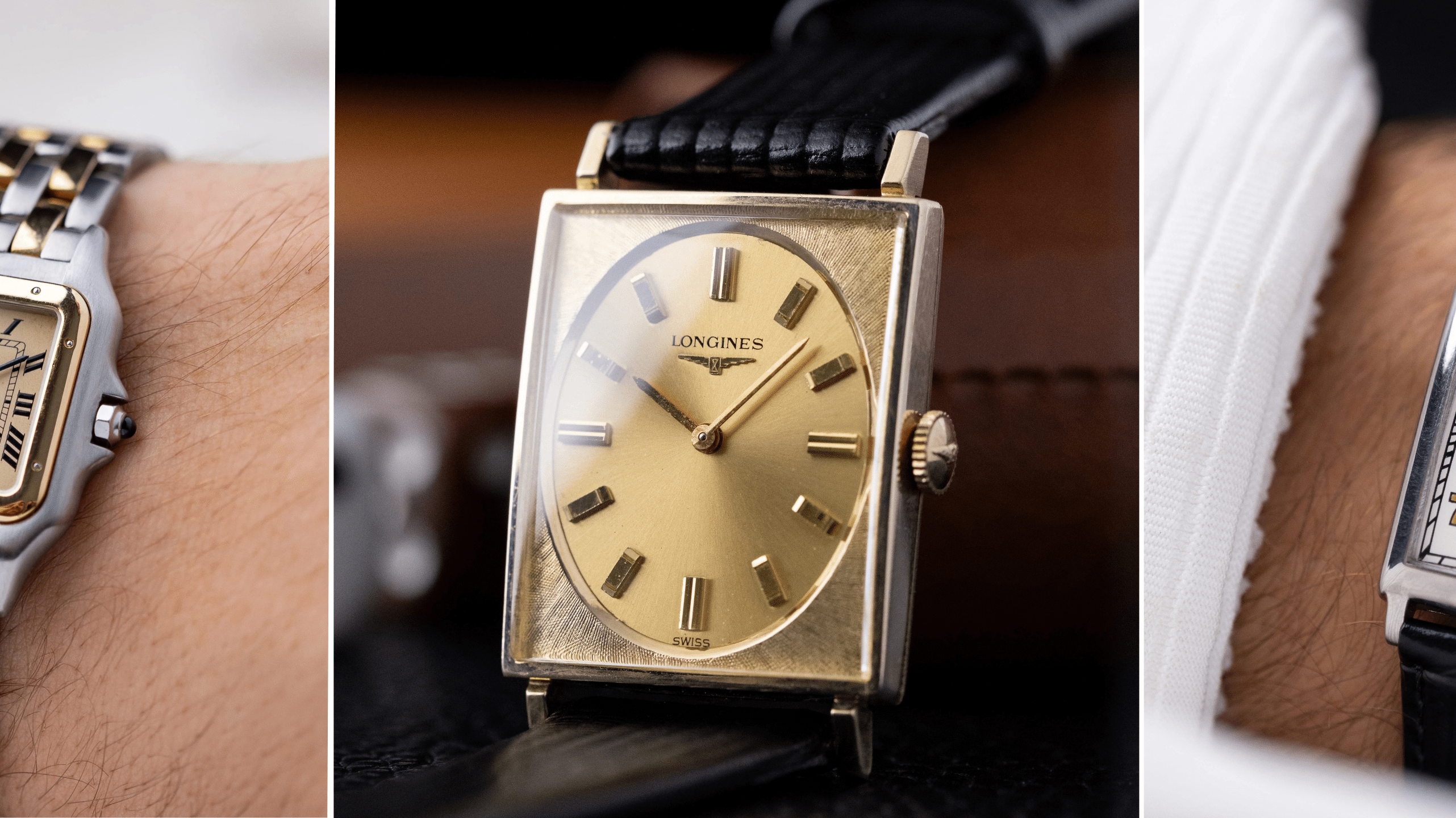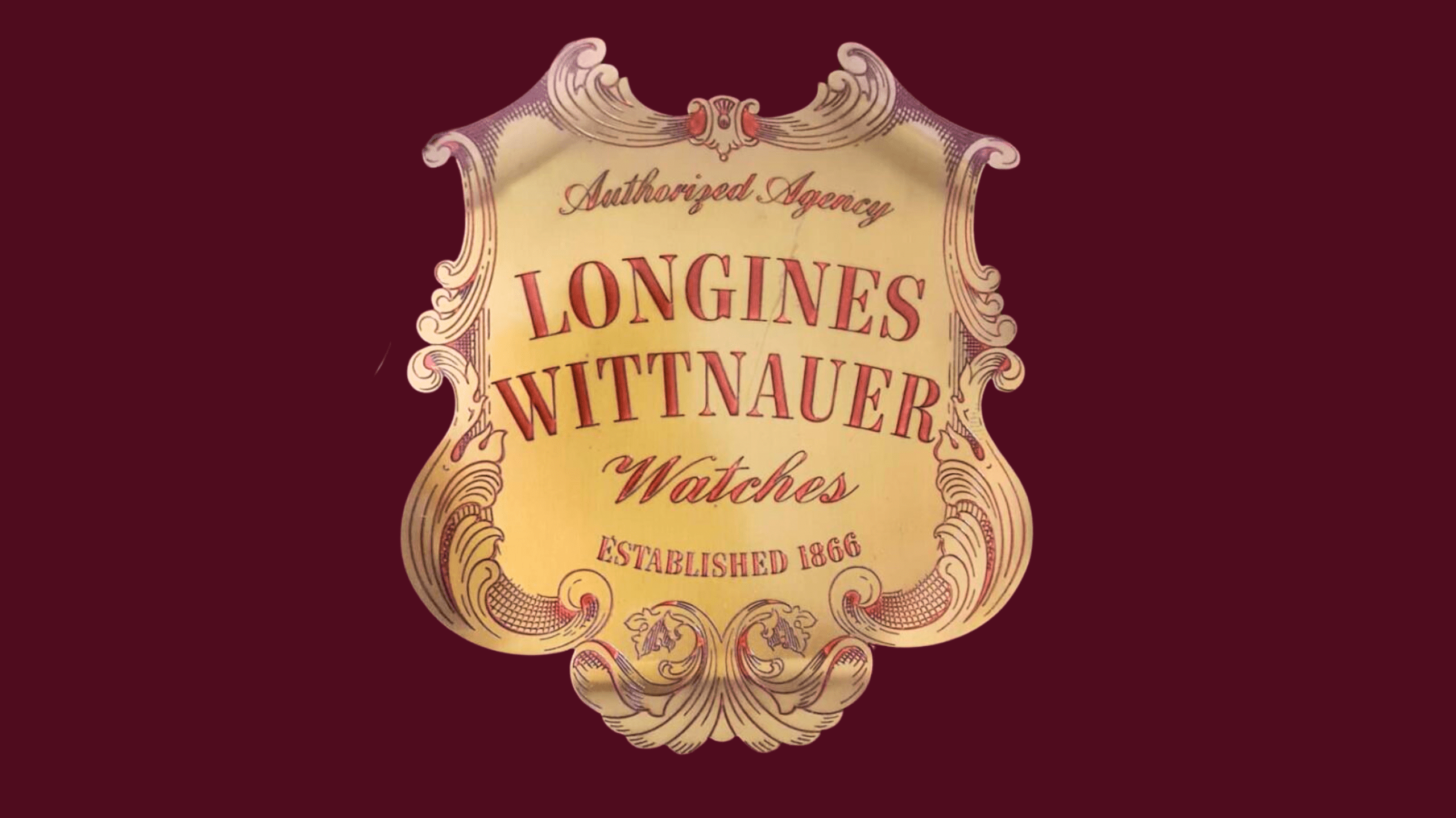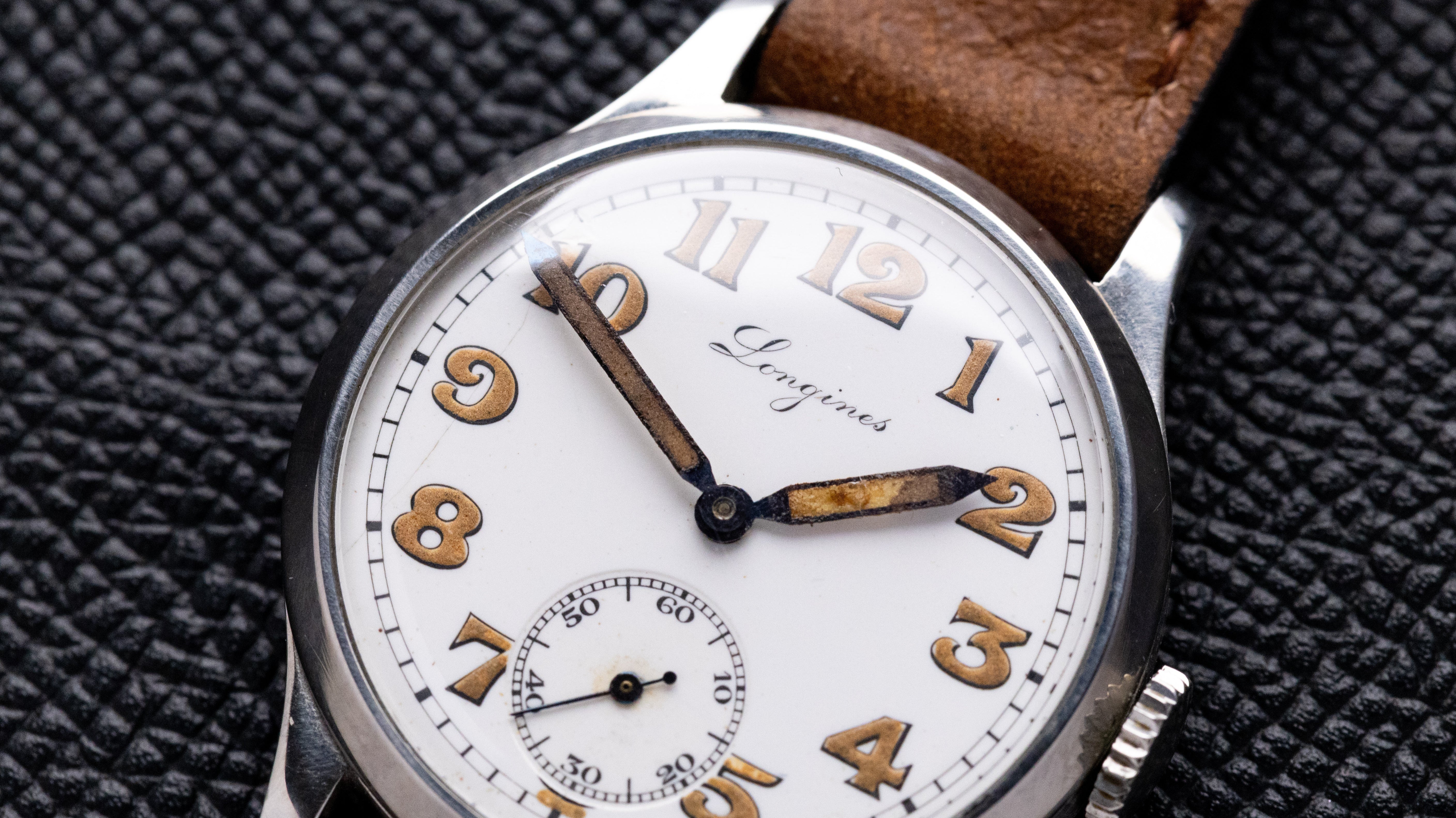Timepieces can convey more than mere hours and minutes; they often reveal facets of the wearer's personality, status, and taste. For the mighty leaders of the USSR, watches served as symbols of power and elegance, tracing the timeline of their reign. The wristwatches of Lenin, Stalin, Khrushchev, Brezhnev, and Gorbachev, each unique and captivating, formed an integral part of their persona. Unveiling these timepieces uncovers intriguing stories and reveals a fragment of Soviet history that remains as fascinating as the political figures themselves.
The History of Watch Making in the USSR
The Russian horology tradition traces back to Peter the Great's era, who fostered European watchmaking techniques in the 18th century. However, the true evolution started with the First State Watch Factory, established during the Soviet era in the 1930s. Initially, it was equipped by the American Dueber-Hampden Watch Company, leading to the birth of the first Soviet watches: the illustrious 'Pobeda' and 'Rodina' models.
In the aftermath of World War II, USSR acquired machinery from German manufacturers such as Lange & Söhne, bolstering the industry further. The next quantum leap came in 1961, with the First Moscow Watch Factory introducing the 'Raketa,' specifically designed for the cosmonauts.
Interestingly, Soviet watches, unlike their Western counterparts, were not just luxury items. They were crafted for functionality, serving the diverse Soviet population, from military personnel to space explorers. The inherent spirit of the USSR—robust, reliable, and always ready for the challenge—reflected in these timepieces, making them much more than simple instruments for timekeeping.
The Leader of the Revolution Preferred Swiss
The architect of the October Revolution and founder of the USSR had a fondness for Swiss watches—specifically, the Moser brand. Lenin’s Henry Moser & Cie wristwatch was actually assembled in Union, as the Swiss company had its own workshop in St. Petersburg. These are the very watches Lenin wore in the final years of his life. They can be seen in photos taken in Gorki in 1922. The timepiece was produced in 1910. Considering Lenin was in European exile at the time, it's likely that the Moser—made in the Russian capital—was a gift from comrades visiting from home. Possibly for his 40th birthday.

Another Moser watch he owned, a pocket model with an interesting design from the early 1900s, was worn during his travels around Europe.

Interestingly, while in Bern, Switzerland, Lenin met Vladimir Pruss, a watchmaker from Vitebsk. In 1908, Pruss opened a workshop in Bern, which Lenin would visit to admire the craftsmanship and talk with the socialist-sympathizing owner. After the October Revolution, Pruss sent a proposal to Lenin in Moscow titled "A Project for Establishing a Watch Industry in Russia." Lenin approved it, but didn’t live to see it realized. Pruss later returned to Russia and helped launch the First Moscow Watch Factory in 1929. Its first product was a pocket watch model known as “Type-1,” which closely resembled the Moser watches Lenin had worn in exile.
Comrade Brezhnev Didn’t Care for Elektronika
It would seem natural that the pride of the Soviet watch industry would be ceremoniously presented to the nation’s leader. But when Leonid Brezhnev visited Minsk in June 1978 to present the Hero City Gold Star to the capital of the Belorussian SSR—and another Hero of Socialist Labor medal to the First Secretary Petr Masherov—he never made it to the “Integral” watch factory.

During the evening banquet at the “Zhuravka” restaurant, Brezhnev sat somber and reflective, glancing now and then at his gold Raketa watch. He left early, barely having touched food or drink.
Whether Brezhnev ever even held an Elektronika watch remains unknown.
Still, the watches worn by Soviet and Russian leaders over the past century are quite well documented.
Stalin Was Dying with a Longines
Joseph Stalin had a notable watch collection, including wristwatches, pocket watches, and even desk clocks. Among them was the famous Pendule Mystérieuse Modèle A by Cartier—a gift from General Charles de Gaulle after World War II. This model, created by Maurice Couët and released in 1914, featured materials like gold, crystal, diamonds, platinum, sapphires, and agate. It was one of Cartier’s masterpieces.

Stalin generally preferred pocket watches over wristwatches—possibly due to issues with his left hand.
His favorites included pocket models from Longines and Patek Philippe. The Patek Philippe World Time was gifted to him in 1947, alongside similar watches given to Churchill, de Gaulle, and Truman, as a token of gratitude from neutral Switzerland to the victorious Allies.

As for Longines, Stalin’s mother gave him one in 1931. That very watch is now displayed in Gori, Stalin’s birthplace. It was found beside his body in March 1953, after he suffered a fatal stroke.
Khrushchev Gave a 'Zvezda' to a U.S. Worker

Nikita Khrushchev wasn’t particularly fond of watches—unlike cameras—but he wore Soviet-made models. During a 1959 trip to the U.S., he visited a steel mill in Pittsburgh, where a worker gave him a cigar. Khrushchev responded by gifting the man—Kenneth Jakey—his own wristwatch.
Jakey tried to insure the gift, but the appraisers advised him not to bother. The Khrushchev watch was valued at just $15. According to translator Oleg Troyanovsky, it was a Zvezda watch made using French designs. Another version claims it was a Pobeda, a line introduced in 1946 under Stalin’s initiative.
Khrushchev’s son, Sergei, recalled that his father became excited about Swiss watches during a visit to Geneva. “He sent his security chief to inquire about prices,” Sergei wrote. “Since his Donbass days, Swiss watches seemed the height of luxury to him.” Hearing they were cheap, Khrushchev bought automatic gold-plated watches for the entire family.
The Last Soviet Leader on a Magazine Cover with a Vulcain
Mikhail Gorbachev wore a Vulcain Cricket with a 14-karat gold membrane. He received it in 1987 as a gift from Swiss President Pierre Aubert. Three years later, the watch appeared on Gorbachev’s wrist on the cover of Time magazine. These were the first wristwatches with a built-in alarm. Like Rolex, Vulcain became known as the "Presidents’ Watch" or the "Presidential Cricket." U.S. presidents Truman, Eisenhower, Nixon, Reagan, Clinton, Johnson, and Carter all wore them.

Gorbachev was also often seen wearing an Omega Constellation Manhattan, a standout from the quartz revolution era. Its defining feature was a pair of "claws" on the case sides, designed to hold the crystal tightly in place.
He also had a fondness for Montblanc. In 2014, Gorbachev took part in the brand’s celebration of the 25th anniversary of the fall of the Berlin Wall and received a limited-edition Montblanc Peace Ambassador set.
Legend has it that during a visit to Italy in the late 1980s, Gorbachev pointed to his watch and said, “We’re starting from zero,” referring to the Raketa Big Zero, launched in 1985—the year he assumed leadership—where a large “0” replaces the 12 on the dial.
Incidentally, Brezhnev’s favorite timepieces were gold Raketas, produced by the Petrodvorets Watch Factory and exported to over 30 countries.
Yeltsin Had a Soft Spot for Poljot
Poljot watches, made by the First Moscow Watch Factory, were a frequent sight on Boris Yeltsin’s wrist—even back when he was a Communist Party official in Sverdlovsk and later in Moscow. He often gifted them to others. His bodyguard, Alexander Korzhakov, recalled that “the habit of gifting watches began back in Sverdlovsk”—Yeltsin would reward top workers with his own watch. “I remembered this trick,” Korzhakov wrote, “and kept a spare watch in my pocket. I got them from party stock.”

After becoming President, a special edition Vostok watch was issued: “Vostok. Boris Yeltsin,” using a Komandirskie case and bearing Yeltsin’s profile.
Yeltsin also owned a gold Rolex Datejust (valued from $13,000 to $26,000). Other world leaders known to favor Rolex include JFK, Fidel Castro, Jacques Chirac, and Muammar Gaddafi.
He had Omega watches as well. After the fall of the USSR, Yeltsin reportedly gave one to a Kazakh shepherd. According to legend, Russian security agents had a tough time retrieving it—the shepherd refused to return the gift.
Conclusion
Exploring the watches of USSR leaders offers a unique perspective on their personal styles and the socio-political landscape of their times. These timepieces, in their nuanced narratives, capture intriguing aspects of the Soviet era, reflecting a fascinating interplay of power, prestige, and personality.
References
For deeper insights, one may explore books like "Watches of the USSR" by Juri Levenberg, articles from prominent horology magazines like Hodinkee, and exhibitions in museums such as the Moscow Kremlin Museums and the Petrodvorets Watch Museum. Online forums dedicated to watch collecting also offer a wealth of information.








